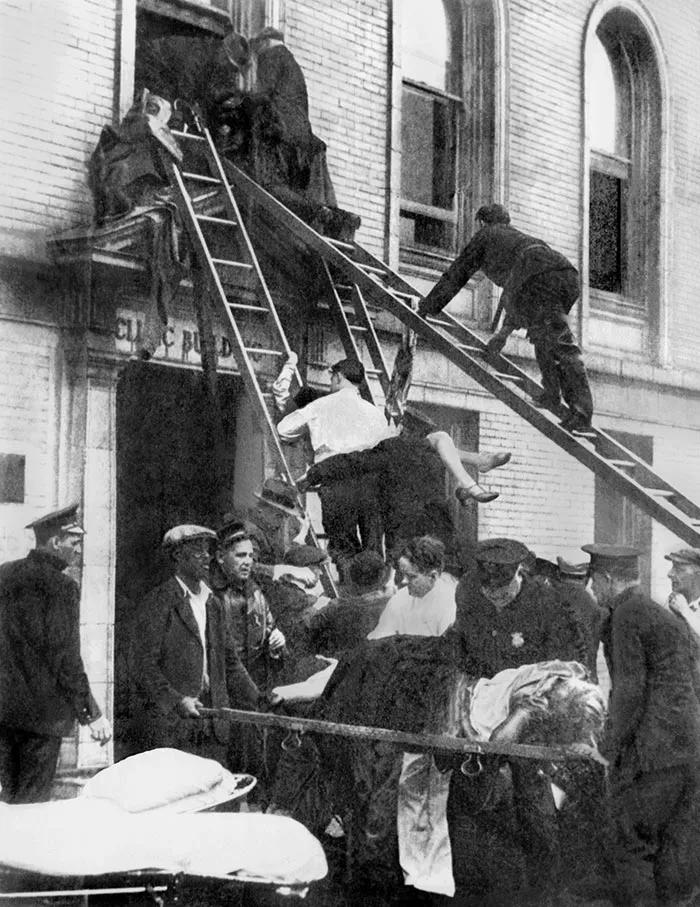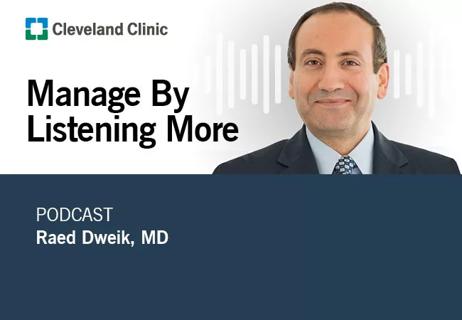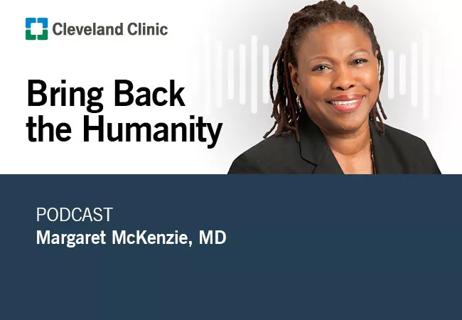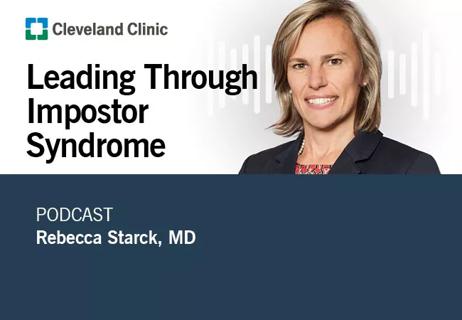Healthcare leaders face a daunting but exciting chance to rebuild our industry

By Toby Cosgrove, MD
Cleveland Clinic is a non-profit academic medical center. Advertising on our site helps support our mission. We do not endorse non-Cleveland Clinic products or services. Policy
Today’s healthcare leaders are faced with enormous challenges. Policy, technology, and cost are moving the ground beneath us. We will need to virtually rebuild our industry on the basis of quality, value, and consumerism, with no blueprints to lay out the changes ahead.

As a leader, I believe this generation of caregivers has what it takes to master this transition, reinvent healthcare, and emerge with a more effective and efficient model. If I have any doubts, I reflect on how my predecessors faced the defining challenge of their lives. These leaders overcame seemingly insurmountable odds to rescue a great medical center from the ashes of unprecedented disaster. They worked calmly and steadily amid death and destruction: caring for the injured; comforting the bereaved; but refusing to give in to defeat or despair.
Cleveland Clinic was founded in 1921 by four doctors who wanted to establish an “ideal” medical center, where doctors from many specialties worked together as a group to provide patient care, research and education. By May 15, 1929, they had a busy practice, with an outpatient clinic and hospital in separate buildings. Deep in the basement of the clinic building, tens of thousands of volatile nitro-cellulose X-ray films were stored in rows of cabinets. For reasons that several courts of inquiry were never able to establish, the stored X-rays ignited and exploded. A cloud of poison gas rose through the busy four-story clinic building. One hundred twenty-six people perished — including one of the founders, Dr. John Phillips.

X-ray film caught fire and exploded in the basement of Cleveland Clinic on May 15, 1929. The explosion released a cloud of poison gas that took the lives of 123 patients, visitors and caregivers. Among the dead was John Phillips, MD, one of Cleveland Clinic’s founders.
There were many acts of heroism by caregivers and emergency personnel. Some gave their lives, like Gladys Gibson, a telephone operator who stayed at her post coordinating emergency communications as the gas rose around her. Dr. George Crile was down the street doing surgery when it happened. Informed of the disaster, he calmly finished the operation, closed the patient, and moved quickly to take charge at the scene.
The two surviving co-founders, Dr. Crile and Dr. William Lower (a third, Dr. Frank Bunts, had died earlier of natural causes), were left with fire-scorched building, a mountain of legal cases, enormous debts, and a large patient practice that still demanded their attention. Overcoming their personal grief, they moved quickly to restore patient care services. Offices were moved to the dormitory of a girls’ school across the street. Within five days, they were back to seeing patients.
Dr. Crile and Dr. Lower leveraged their personal assets to guarantee the organization’s debts. They and their associates took on an enormous volume of cases – gaining even further renown for clinical excellence. Seeing their determination, community leaders and national figures rallied round. But Cleveland Clinic’s troubles were far from over.
Only five months later, there was another calamity: a stock market crash and the Great Depression. Banks failed. Patients were bartering chickens and produce to pay their bills. Cleveland Clinic survived, ironically, in part due to the disaster. The whole organization had gone into survival mode, “acting as a unit” to regain solvency and preserve patient care. When the Great Depression struck, they were already working harder and smarter to provide more efficient and effective care.
The disaster resulted in nationwide hospital safety reforms. By the 1940s, Cleveland Clinic had regained its full momentum and was prepared for the cardiac breakthroughs that would add to its renown in the 1950s, 60s and beyond. Today, we are an integrated healthcare delivery system with national and international reach. When considering the financial challenges of 21st-century healthcare, I recall Dr. Crile, Dr. Lower and their indomitable colleagues. They faced far more desperate times. They persevered. They triumphed. They never gave up.
Primary image: On May 15, 1929, George Crile, Sr., MD, was in surgery in the Hospital building when a fire and explosion took place in the basement of the Clinic building down the block. This picture shows him shortly after his arrival on the scene. Recovering from this initial shock, he took over leadership of the disaster response.

A Q&A with organizational development researcher Gina Thoebes

Cleveland Clinic transformation leader led development of benchmarking tool with NAHQ

Raed Dweik, MD, on change management and the importance of communication

Small business owners expand their networks and gain new insights

Leadership pearls from Margaret McKenzie, MD, hospital vice president

Successful communication means meeting listeners where they are

Hospital president followed his instincts to new opportunities

A team of supporters can help build confidence